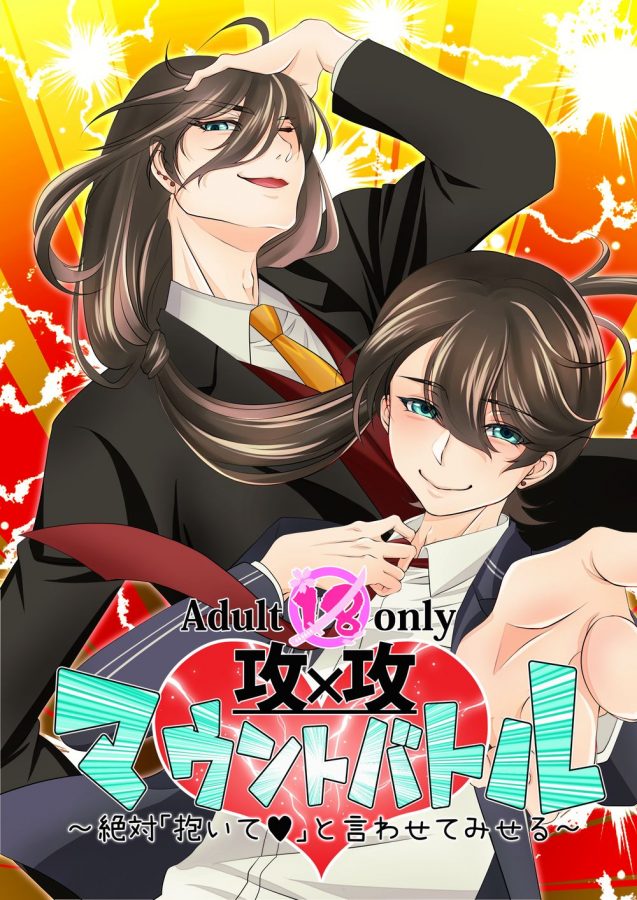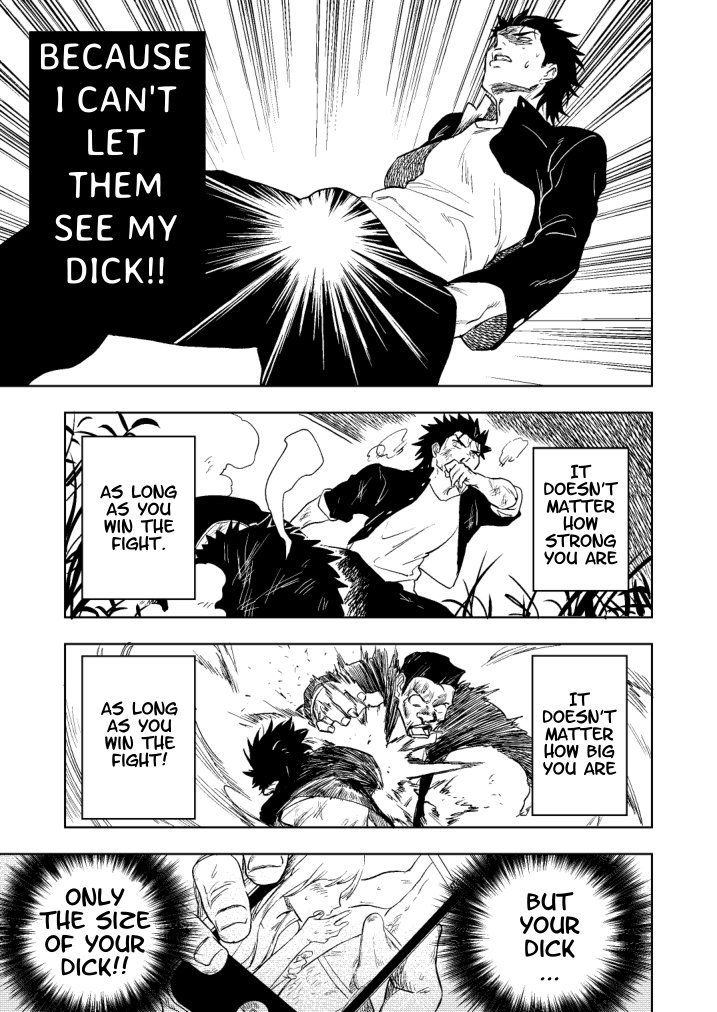

And though one is more than enough to intoxicate, it’s customary for a couple having dinner at a restaurant to put down three or more.ĭrinking soju is a huge part of the culture here, and comes with its own set of rules.

And the price! You can get a small bottle for $0.99 at the supermarket. We’ve seen hikers pull bottles out of their backpacks during breaks. Koreans drink soju everywhere with dinner, chilling with friends, at the baseball game. At about 20%, soju has a significantly lower alcohol content than the harder liquors, but the sheer amount that people drink makes up for that. Made from rice, soju tastes like vodka but sweeter. In 2004, more than three billion bottles were sold. Koreans drink more soju than everyone in the world drinks Johnnie Walker. Now, wrap your head around those two facts. Haikus range from serious reflections and images to lighthearted and uplifting instances.Soju is the most-sold liquor in the world, and it’s basically only consumed in Korea. Haiku is a classic Japanese form of poetry which celebrates nature and little moments in life in a brief three-line seventeen-syllable form. Here is an example of a lune versus a haiku: Lune:Īlthough haikus, tankas, and lunes look very similar, the difference lies in form: tankas are longer and lunes are shorter. A literature professor named Robert Kelly invented the form, which is a shortened version of the haiku with three lines of five, three, and five syllables. Interestingly, the lune was a poetic form inspired by the haiku and is called by some the American Haiku. Here is an example of a tanka versus a haiku written by the poet Philip Appleman: Tanka:Īs can be seen from these examples, tankas and haikus are both Japanese forms which pay close attention to syllable count and lineation. Tankas were written as early as the year 600 and were primarily written as songlike letters written to lovers as a gift. Looking at form, tankas are very similar to haikus, with the first three lines in the same form and two added lines of seven syllables each. Here are a few poetic forms similar to haiku: TankaĪ tanka is a thirty-one syllable poem with five lines divided into five, seven, five, seven, and seven syllables. Haiku are not the only form of poetry which utilizes brevity, syllable count, and the subject of nature. This is an example of a Vine, lasting only five seconds. A similar pop cultural phenomenon has been Vines, or short videos of only six and a half seconds or less! Just as haiku takes advantage of brevity, saying and showing a lot with very little, pop culture prizes brevity in forms of video, Twitter tweets of 140 characters, and memes. The short form of haiku can be found in “Youtube Haikus,” or particularly short and typically funny Youtube videos. Example 3Ī playful poem of movement, this haiku was written by Yosa Buson, another famous Japanese poet.Ī search on Youtube reveals that haikus have affected pop culture in more ways than one. This is considered the most famous Japanese haiku, written by Bashō. This haiku was written by the famous Japanese poet Issa. Here are a few examples of haiku in literature: Example 1 Haikus are a popular form in poetry, as anyone can attempt to put together a brief poem of three lines and seventeen syllables. They show that poetry does not have to be about lofty subjects but can make an animal as small as the grasshopper or a subject as simple as the wind interesting, important, and mentionable. Haiku shows that in as few as three lines and seventeen syllables, interesting observations about nature and life can be made. Haikus later spread to the west in the 1800s. Haikus are important in that they are a highly traditional form of Japanese poetry which has been in existence as early as the 1600s.
HAIKI KOREAN FREE
Haikus can be serious and meditative, free of mood, or playful and fun. The word haiku (pronounced hahy-koo) is derived from the Japanese word hokku meaning “starting verse.”įor examples of haiku, consider these classic poems written by Japanese poets: Example 1Īs is clear from these examples, most haikus examine natural themes, such as weather, animals and plants, and changing seasons. Haikus or haiku are typically written on the subject of nature. A haiku is a specific type of Japanese poem which has 17 syllables divided into three lines of 5, 7, and 5 syllables.


 0 kommentar(er)
0 kommentar(er)
